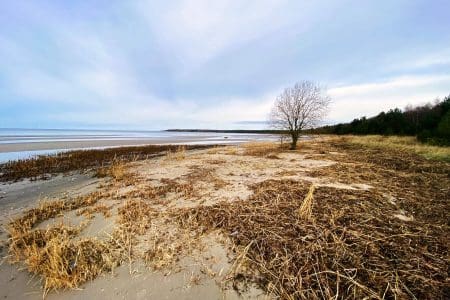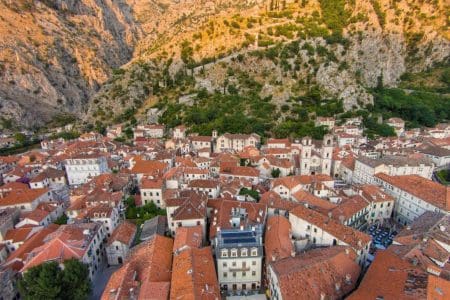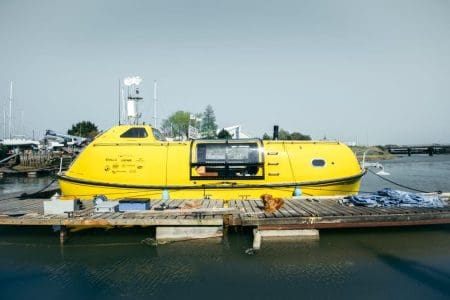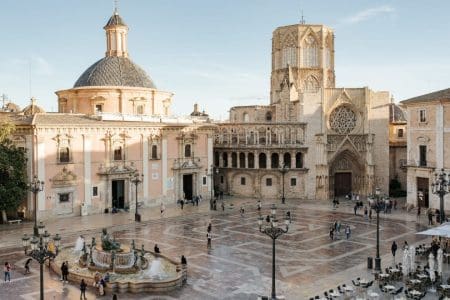Do the phrases global warming and carbon footprint prick your conscience about going on holiday? On a recent visit to the Dominican Republic, I learnt how people holidaying on this Caribbean Island can contribute to sustainability and conservation projects that are being undertaken here.
Several initiatives have been started or adopted and continued by the TUI Care Foundation. The foundation is not part of the TUI holiday company but a separate entity. However, TUI does support it through the provision of office space, transfers and accommodation. During my stay on the island, I visited several projects and learnt how they are benefitting the island and how holidaymakers can support them. Their targets in the search for projects are successful tourist destinations for visitors from the UK and Germany.
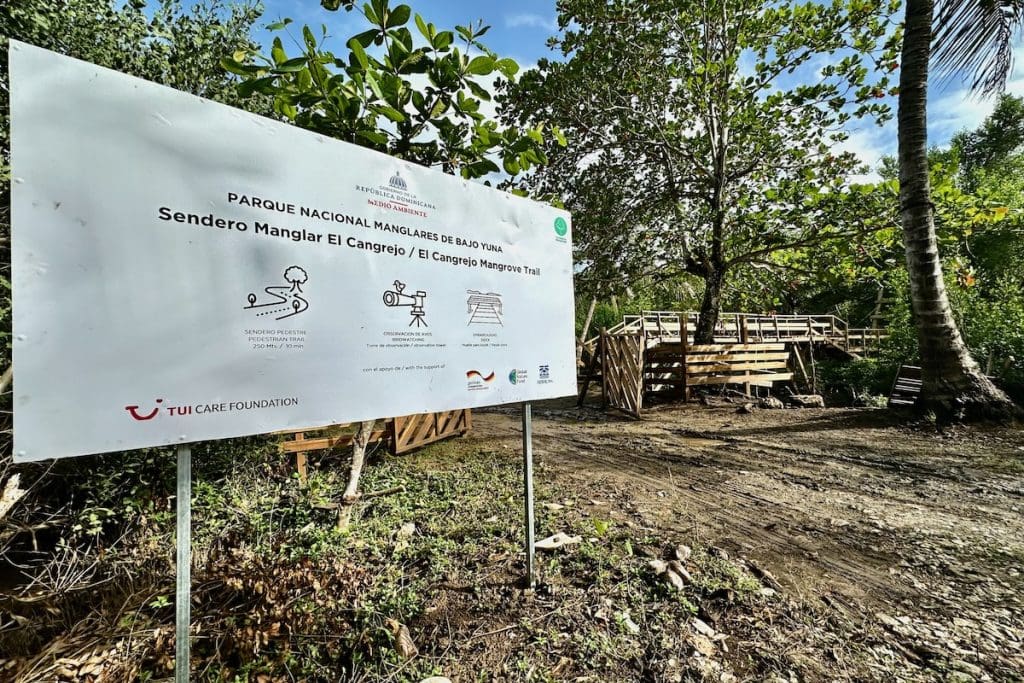
TUI Care Foundation’s mission is the promotion of activities that build on the potential of tourism as a global force for good. To this end they are concentrating on four initiatives, Enabling Education, Empowering Communities, Lively Landscapes and Marine Conservation.
Although the foundation is based in the Netherlands it has managers worldwide. These managers generally work with partners on the ground who have expert knowledge of the area. The foundation, established by TUI, the holiday company is the first of its kind and therefore unique. G Adventures, based in Canada, has set up a foundation and many airlines support charities by collecting donations. TUI also has its own sustainability department but the work it does is completely different from the projects supported by the TUI Care Foundation. During my trip I visited several projects and gained a good insight regarding the work that is being done in the Dominican Republic.
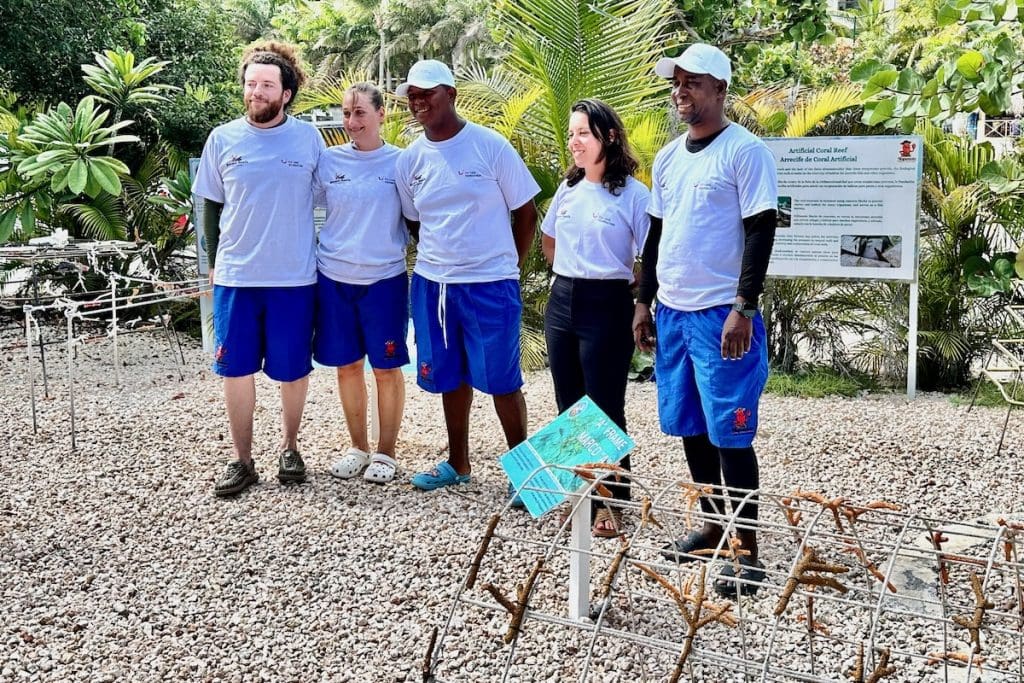
TUI Forests Programme in the Dominican Republic
We turned off the main road and then followed an unmade track which was stony in places and just mud in others. At the end of the road there was a building and the nursery where they grow the mangrove seedlings to plant them out in the surrounding forest.
The work is organised by paid workers supported by local volunteers. It seemed half the village was there to greet us and proudly show off the wooden bridge they had built to allow access across the river and into the mangrove forest beyond. Before we crossed this bridge Patricia Lamelas introduced us to the aims of the project.
Patricia is a long-time environmentalist from the Dominican Republic and award winner. Through her work awareness of the importance of mangrove forests is now growing and, locally, she is working with communities where sustainable livelihoods relied on the cutting mangroves for wood and charcoal. She has helped secure legal protection for mangroves, established the nursery and leads programmes educating Dominican youth about their environment and climate change.
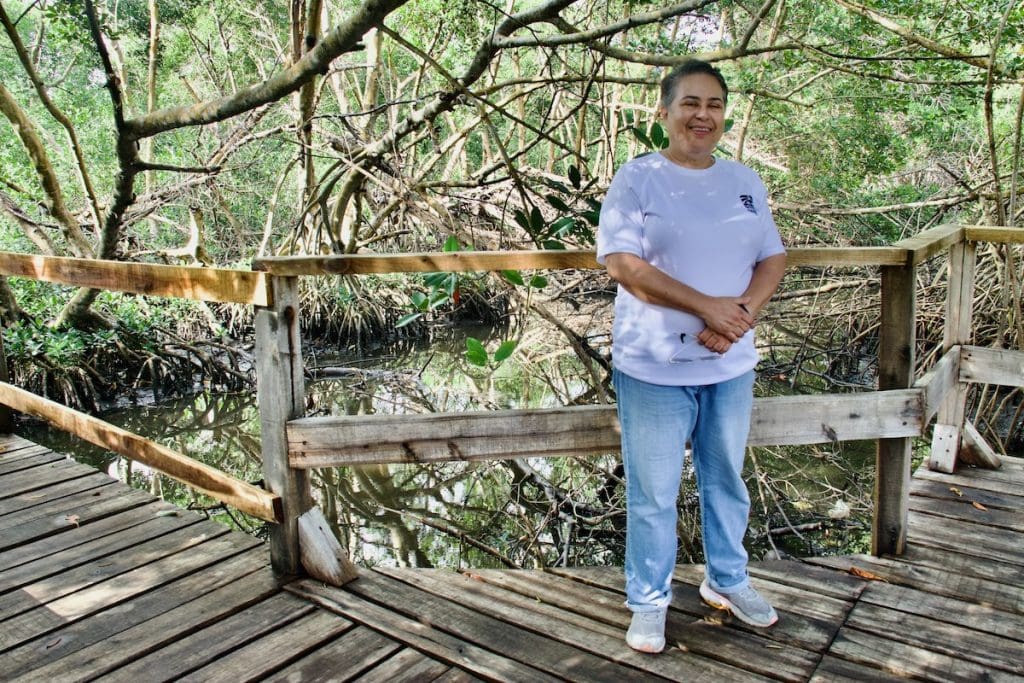
Patricia led us along the board walk that winds through the mangrove forest, all the while enthusing about the project and plans to develop tours to the area lead by locals. This would give them the means of earning a living other than unsustainable fishing. She is hoping their love of this land will encourage them to monitor and prevent illegal fishing. They work alongside the park staff as the Mangrove Forests are inside two national parks.
We stood for a while on the viewing platform at the end of the boardwalk, surrounded by healthy mangroves either side of us and across the bay in front of us. I felt privileged to have this rare experience of exploring and learning about the amazing mangrove ecosystem.
There ae still some problems to surmount before tours to the area become viable such as getting tourists here and advertising the tours. All of this has to be done independently with social media representing one possibility. One way visitors to the area can help is by looking out for these local tours and supporting them.
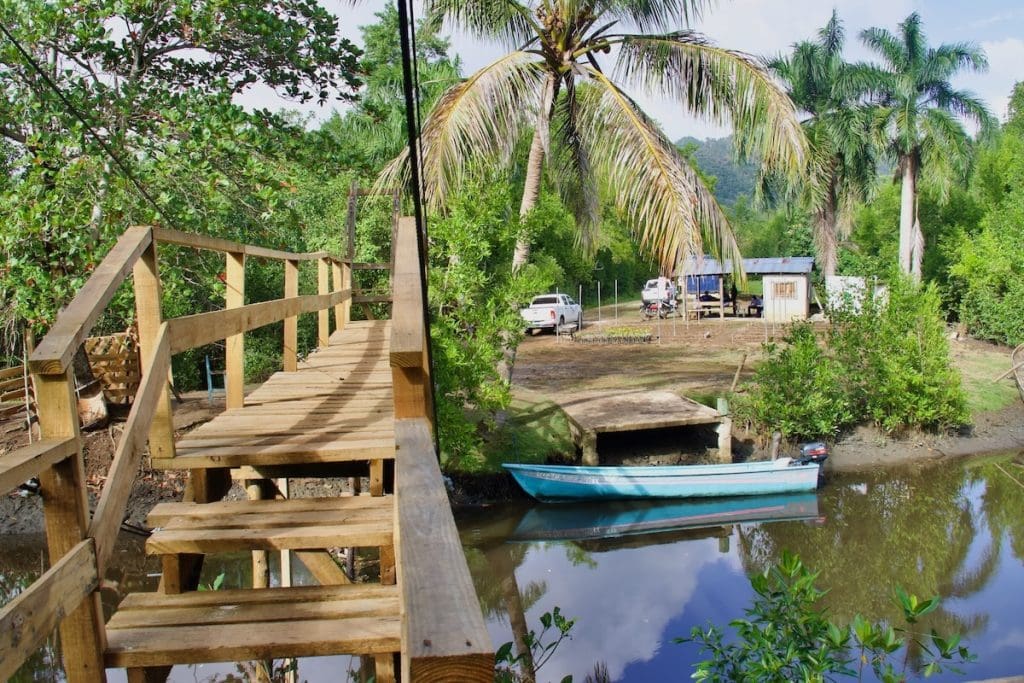
We returned to the area the next day but this time we approached the mangrove forests by boat, crossing Samaná Bay from Sánchez.
It was hard to imagine this tranquil bay, bristling with bird life had once been a busy commercial port accessed by a railway. A re-routing of the river had flooded the sandy beaches and changed the face of the town. Its revival focuses on the mangrove forests that are now flourishing around the bay. We were re-acquainted with members of the Fishermen’s Cooperative here. We had met them yesterday evening and learnt about their struggles to earn a living competing against unsustainable illegal fishing. Some of them have now turned to offering boat trips and kayaking on the bay.
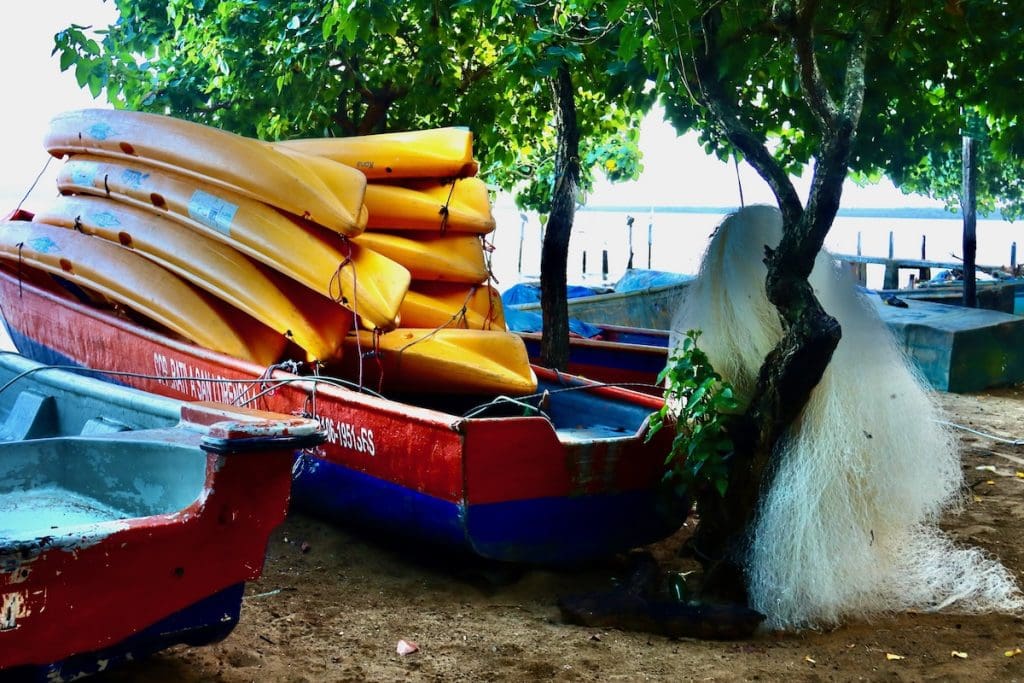
On the far side of the bay, we cruised down one of the rivers that run into the sea admiring the healthy mangroves on either side.
This project has been really successful and, as our two boats bobbed on the water side by side, we were given more information about the project. In particular we learnt the importance of mangrove forests. Not only do their roots provide shelter for crabs and other shell fish but the forests form a buffer that protects the Dominican Republic from hurricanes. Something the coconut plantations that had invaded the territory could not do. It was a wonderful experience – enhanced by the bird life that has returned here in droves, including the hitherto rarely seen frigate bird. From conservation to education, we moved on to learn about the TUI Academy in the Dominican Republic.
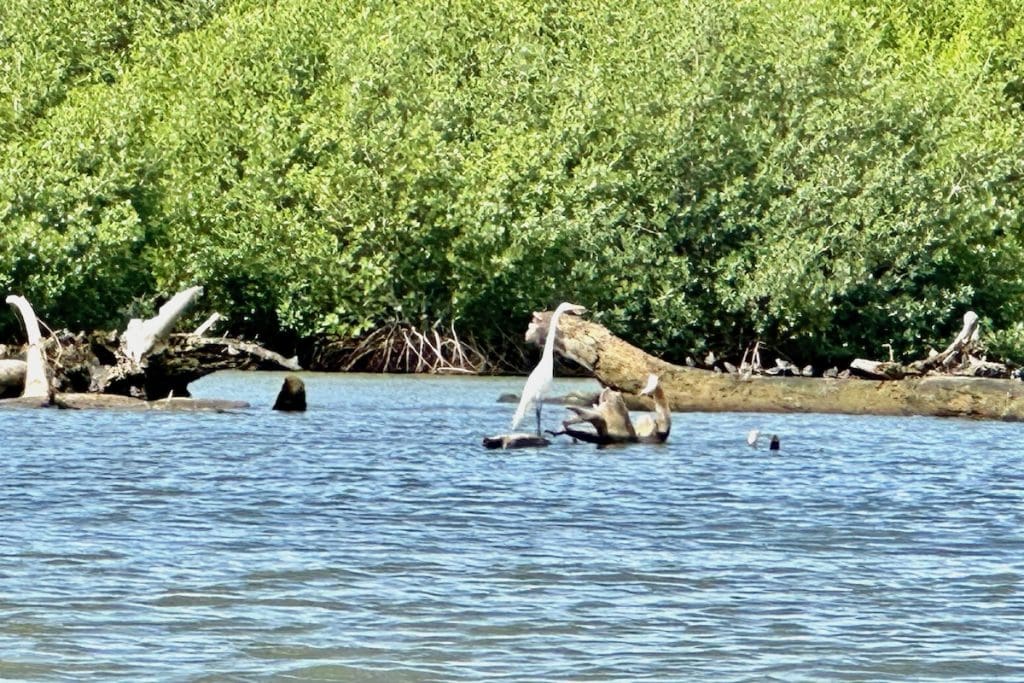
The Tui Academy in the Dominican Republic
A Tui Academy was established in the Dominican Republic primarily to offer courses in hospitality to disadvantaged young women struggling to find work.
I had already observed the stark divide between the tourist areas and the local communities so I was not surprised to learn that most the of young women who are recruited for the course have never been inside a hotel. Rather than visit a school room we had a presentation introducing us to the work that is being done and met three young women who had completed the course.
Selection for the course is based on those who would benefit the most due to their disadvantaged backgrounds. The course lasts for six months and participants are supported (transfers to and from home, child care) but not paid. Although it may be a hard struggle existing without pay for six months, successful completion of the course results in a certificate that will allow them to embark on a new career in hospitality. They will also develop the skills required to succeed in this industry. We met three young women who have completed the course and listened to their stories.
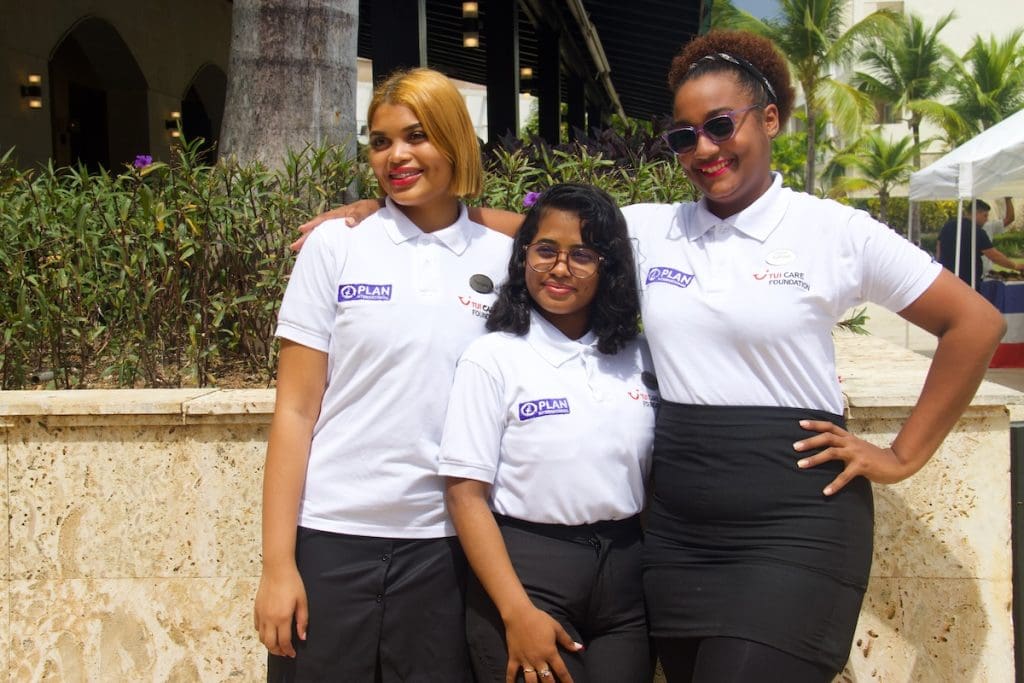
After meeting and talking to Sahory, Yomaira and Yoismerlyn we moved on to their place of work, the Hotel Royalton Splash. Each of them is a success story.
Sahory, a single mother, now works in the restaurants in the hotel. Yomaira is very keen on beauty and will probably follow a career in that area but meanwhile is working in the hotel spa. Perhaps the most impressive is Yoismerlyn who works in the offices at the hotel but thanks to a regular salary is now able to fund a course in medicine. Meeting these young women and seeing how the foundation working with Plan International had changed the course of their lives through education was impressive. Coral Gardening was the next project we visited, part of the foundation’s Sea the Change initiative.
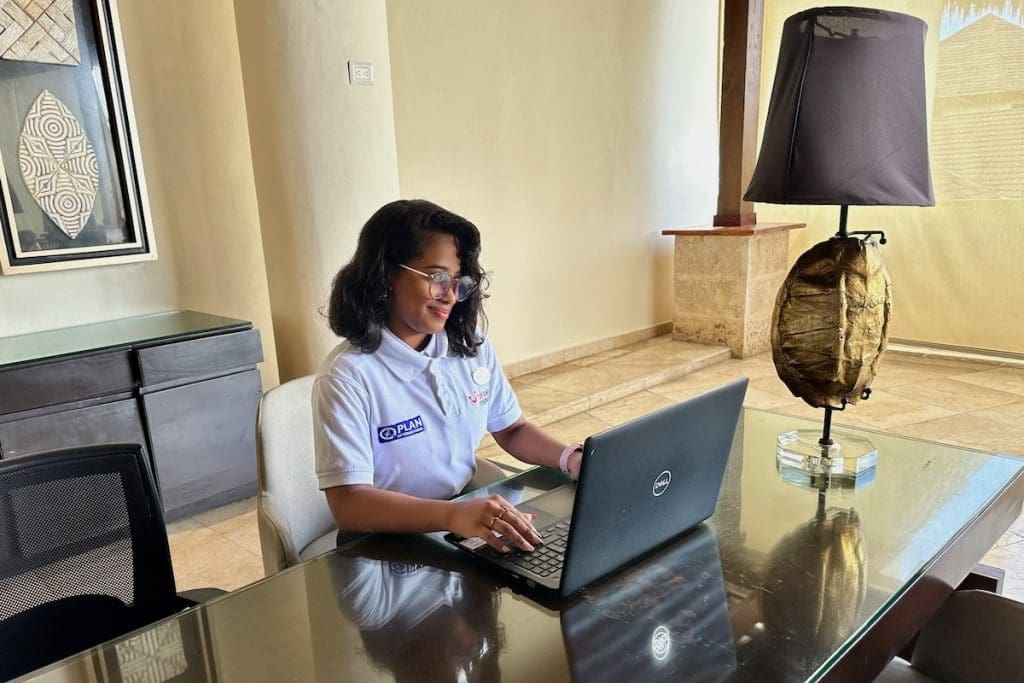
TUI Sea the Change in the Dominican Republic
The centre of this project is a small building by the Bávaro Beach, located near Punta Cana.
On arrival we had the opportunity to explore the small museum with exhibits relating to the process of coral gardening. As coral is an animal it can be ‘grown’ but it can also be destroyed. And this is what has been happening in the sea lapping on the shores of Bávaro Beach. For years illegal fishing practices, pollution from an excess of boats and improper mooring practices have been destroying the marine life, and in particular the coral reefs.
The foundation, in partnership with the Fundación Ecológica Los Arrecifes de Bávaro is working to restore the coral reefs here. After a brief introduction to coral gardening, we boarded a boat to visit the two sites where coral is being grown prior to being re-planted on established reefs.
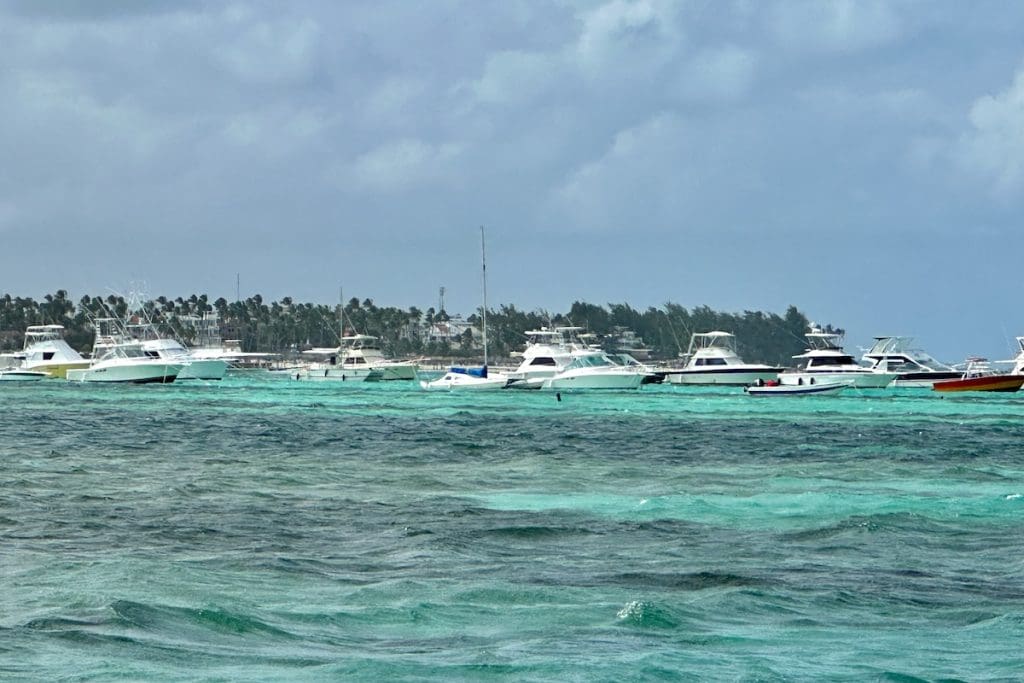
On our way to the first site our boat stopped so Noel Gonzáles, a prominent member of the team, could point out to a boat bursting with people and music that it was illegally moored. An illustration of just how challenging this project can be. Also, on board was of Leo Franco who was once an illegal fisherman and now a passionate coral gardener.
While fishing he had not realised that his manner of fishing was endangering sea life. In between the first and second site we boarded a larger boat. Here, we were shown how to attach pieces of coral to an artificial reef and then given the opportunity to assist in the process. At the second site the artificial reef was lowered into the sea. It will stay there until the coral has grown sufficiently to be attached to one of the reefs.
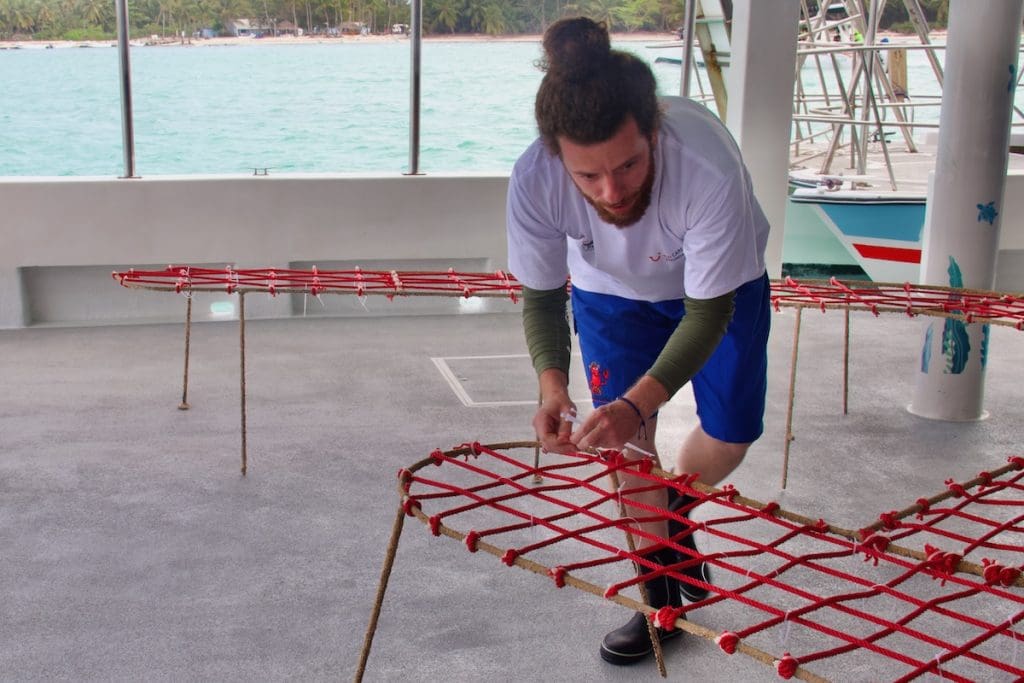
This trip has certainly broadened my education regarding sustainability and conservation and I felt privileged to experience the work of the TUI Care Foundation. It is a unique collaboration between a leading holiday company, the foundation and expert partners on the ground. But, most important, it allows us, the visitor to contribute through donating and supporting community-led attractions.
For more information about the TUI Care Foundation click here.
